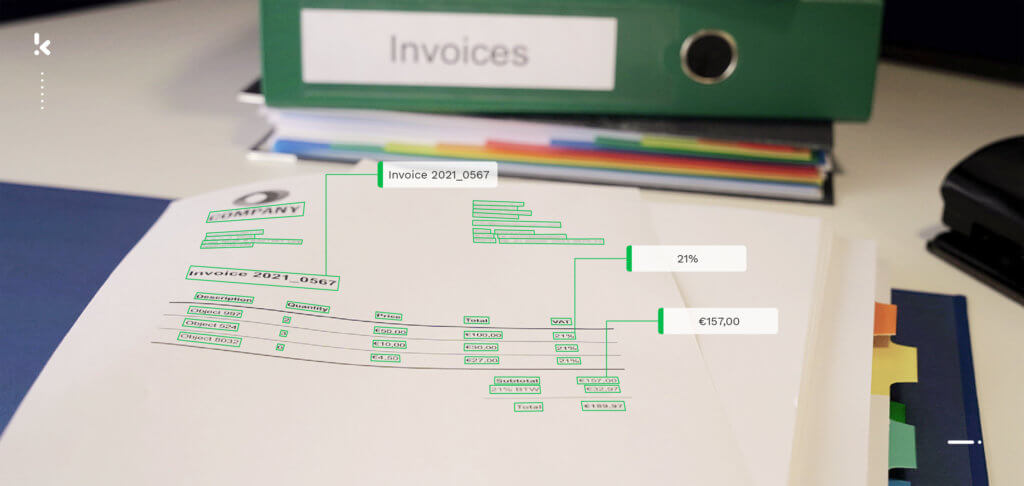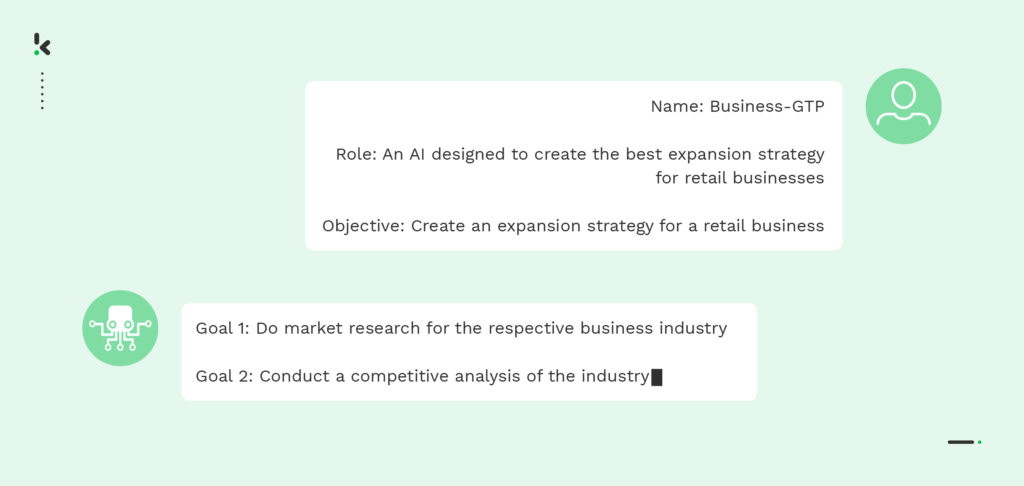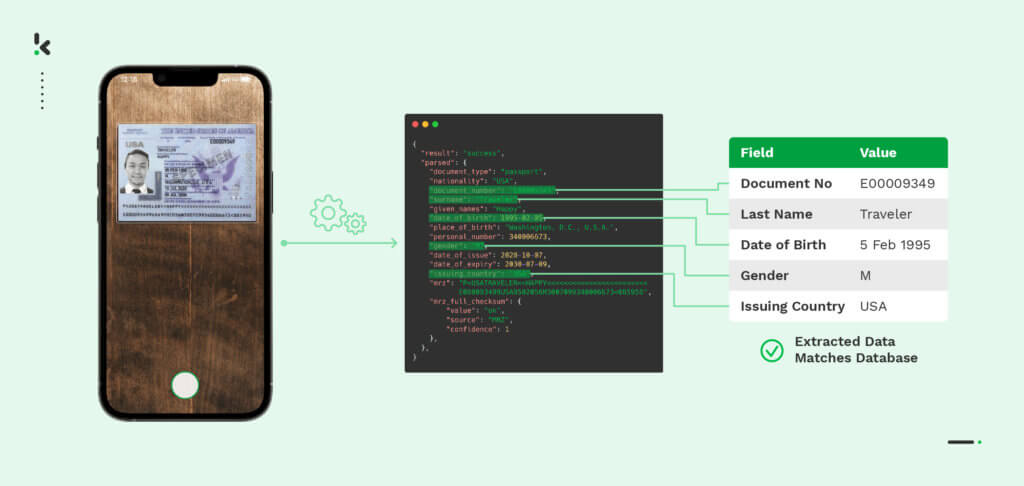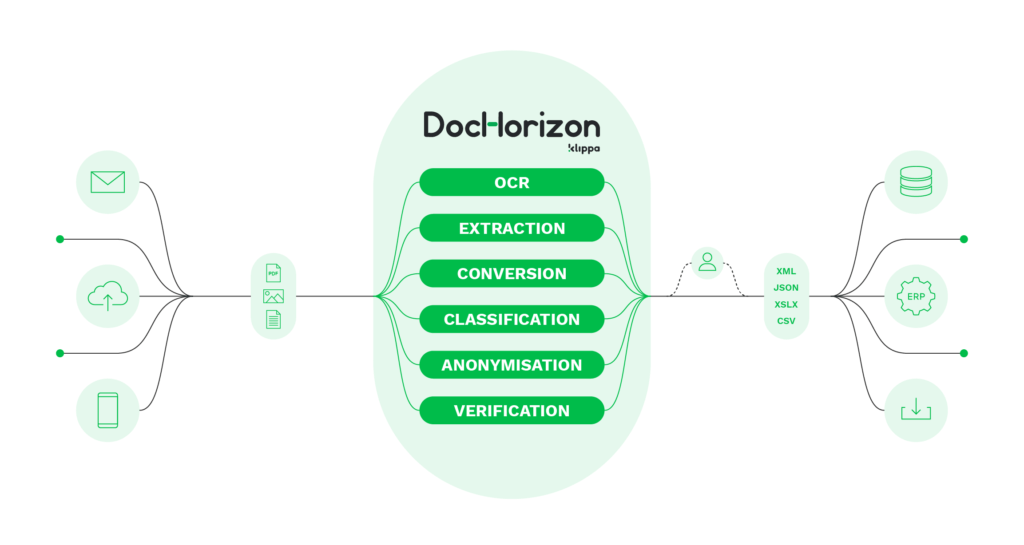

How much time is your business spending on manually entering data that is time-consuming and error-prone? Numerous firms are actually having trouble with this problem, as seen by the numbers. According to 2021 data from the US Bureau of Labor Statistics, US companies collectively spend $5.3 billion annually on wages for data-entry keyers. It’s an issue that not only drains resources but also leaves room for costly errors.
Thankfully, there is a transformative solution on the horizon: Optical Character Recognition (OCR) and Natural Language Processing (NLP). These groundbreaking technologies are ready to liberate your business from the limitations of manual data entry. OCR empowers you to effortlessly convert printed or handwritten text into machine-encoded data, while NLP enables computers to understand, interpret, and generate human-like text.
Together, they form an invaluable partnership that can revolutionize data processing, extraction, and document verification tasks, leading to improved efficiency, cost reduction, and more informed decision-making.
Join us as we explore and discover the outstanding benefits and exciting use cases of OCR and NLP solutions in this blog. Your business’s future is brighter than ever, and we’re here to help you unlock its full potential!
What is Natural Language Processing (NLP)?
At its core, Natural Language Processing (NLP) is a field of AI and machine learning that focuses on the interaction between humans and computers using natural language. Its primary goal is to enable computers to understand, interpret, and produce human language in a way that is both meaningful and useful.


NLP deals with the complexities of human communication, including spoken and written language, and aims to bridge the gap between human language and computer understanding with various tasks:
- Text Classification – assigning labels or categories to text, such as spam detection or sentiment analysis.
- Named Entity Recognition (NER) – identifying and categorizing entities (e.g., names of people, locations) in text.
- Machine Translation – automatically translating text from one language to another.
- Speech Recognition – converting spoken language into written text (e.g., Siri).
What’s the Technology Behind NLP?
The technology behind NLP is a fascinating blend of linguistics, computer science, and machine learning. These techniques are the building blocks that enable NLP to decode and understand human language, making it a powerful tool in the realm of data and communication. Below, you can find some of the techniques that power NLP:
- Tokenization – this process involves breaking a text into manageable chunks, making it easier to work with.
- Stemming – stemming is all about finding the root form of a word, simplifying analysis.
- Lemmatization – this technique delves deeper, understanding a word’s meaning by referencing a dictionary definition.
- Part of the speech – this approach examines how a word functions within the context of a sentence.
Real-Life NLP Applications
Can you think of apps that you use daily and that NLP is part of? That might sound complicated at first sight because such terminology can be confusing. You will be surprised after we provide you with some real-life examples:
- ChatGPT – this trendy chatbot lately uses NLP to understand and respond to typed user-generated prompts.
- Spotify – everyone enjoys listening to music, but not everyone knows what to listen to. In this context, Spotify employs NLP to recommend music based on your preferences.
- Gmail – have you experienced all of those spam emails you receive every day? It’s irritating and that’s why Gmail uses NLP to filter out spam and phishing emails.
These examples illustrate the versatility and widespread use of Natural Language Processing (NLP) in various applications with new developments and innovations continuing to emerge in the field.
Now that you have a better understanding of what NLP is and the real-life applications of this technology, we will explain the connection between NLP and OCR.
The Connection Between OCR & NLP
Optical Character Recognition (OCR) is the technology used to convert printed or handwritten text from scanned documents and images into machine-readable text. OCR’s primary purpose is to recognize and convert visual representations of text into a format that can be processed by computers.
But here’s where the magic truly happens: OCR and NLP often work as a formidable team that creates a seamless document processing workflow. With OCR bringing the text into a digital format and NLP adding layers of understanding and intelligence. This dynamic duo transforms dusty archives into valuable, business-ready information.


Although OCR excels at data extraction, its accuracy and capabilities can be significantly enhanced with the support of NLP technology. Furthermore, NLP helps OCR solutions move beyond template reliance, offering numerous advantages to businesses, which we will delve into later in this blog.
Business Use Cases of Software Powered by NLP & OCR
If you still wonder how NLP is used and what its practical applications are, you’re in the right place. Below, we’ve compiled a list of the most common and impactful business use cases of NLP-powered OCR solutions. Keep in mind that this is our selection of the list that we think can be helpful for your business (of course, there are many more use cases):
- Data Entry Automation – automating data entry through OCR simplifies complex tasks, reduces errors, and boosts efficiency, making it essential when dealing with high document volumes such as invoices, receipts, or purchase orders.
- Document Fraud Detection – fraud detection is critical for maintaining document integrity and regulatory compliance. NLP assists OCR in identifying inconsistencies and anomalies, reducing risk, and ensuring trust through the analysis of mismatched or contradictory information within the document.
- Improving Data Security with Data Masking – NLP and OCR technologies automatically identify and conceal sensitive data, safeguarding privacy and reducing the risk of unauthorized access or data breaches.
- Automated Invoice Processing – automated invoice processing is a game-changer for your accounts payable operations. It not only streamlines the process but also reduces costly errors and enhances your financial efficiency.
- Automated Receipt Clearing -with NLP and OCR, you can streamline receipt clearing by automating data extraction and verification. For instance, you could extract data from receipts that are relevant for loyalty campaigns (merchant name, line times, amount, purchase date).
By embracing NLP-powered OCR in your business processes, you’re taking control of efficiency and precision. These use cases will help you optimize your workflows and lead your business toward greater success.
Want to dive deeper? Check out our blog about Intelligent Document Processing use cases!
Benefits of Using Software Powered by NLP & OCR
Here are the benefits of utilizing software powered by Natural Language Processing (NLP) and Optical Character Recognition (OCR):
- Efficient Data Extraction – speeds up and improves the accuracy of data extraction from various sources.
- Improved Data Accuracy – reduces error and ensures reliable data interpretation.
- Time and Cost Saving – automates tasks, saving time and reducing operational costs.
- Automation of Repetitive Tasks – frees up employees from mundane tasks, allowing them to focus on more strategic work.
- Data Security – enhances data security by efficiently handling sensitive information for compliance with data privacy regulations.
If your company would like to improve current document workflows and enjoy the benefits listed above, we at Klippa can help. How? Keep on reading!
Automate Your Document Processes with Klippa DocHorizon
Klippa DocHorizon is a modern intelligent document processing solution powered by OCR, NLP and other AI technologies. With our sophisticated solution, you can automate any of your document workflows using various modules independently or together:
- Data Extraction – Extracts all relevant data fields from your documents for data entry automation
- Document Conversion – Seamlessly convert documents into machine-readable or structured formats such as JSON, XML, XLSX, CSV, or UBL.
- Document Classification – Classify documents and automate document indexing and archiving with established classification rules.
- Data Anonymization – Ensure compliance with data privacy regulations such as GDPR or HIPAA by anonymizing sensitive information from documents.
- Document Fraud Detection – Detect document fraud with various techniques such as metadata-, copy-move and greyscale analysis.
- Document Verification – Verify documents’ authenticity by cross-checking them with third-party applications or databases.
- Human-In-The-Loop – Use human-in-the-loop automation to verify the accuracy of data extraction for a minimized error rate.


By leveraging DocHorizon’s advanced capabilities, your business can unlock the efficiency, accuracy, and cost savings that OCR, NLP, and AI technologies offer for your document processes.
Are you ready to experience the power of Klippa DocHorizon? Schedule a free demo from the form down below and discover how it can revolutionize your document processing. Do you still have any questions? Contact us, and we’ll be delighted to assist you.